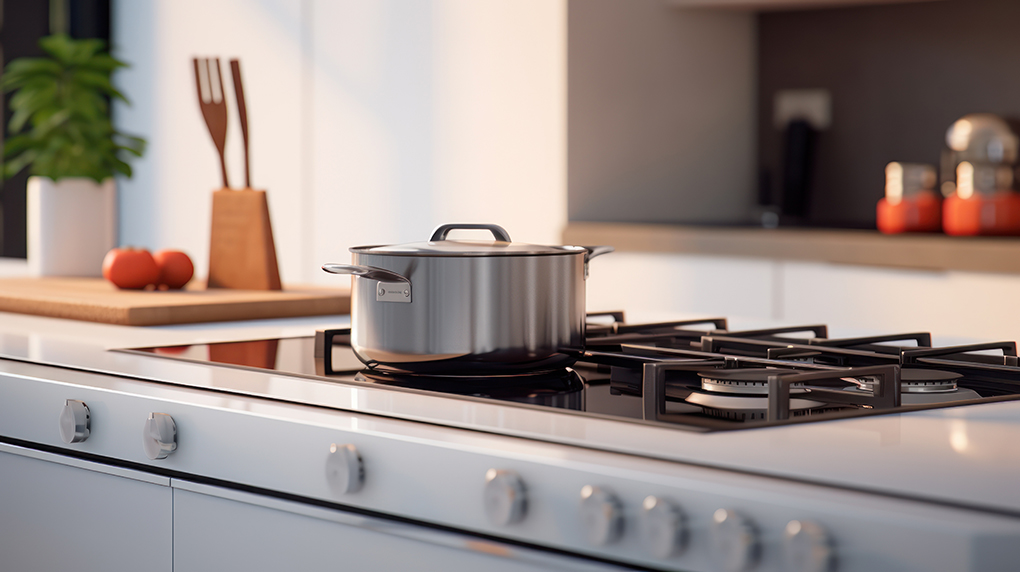Exploring the Different Types of Stoves: A Comprehensive Guide

Choosing the right stove for your home can be an exciting yet challenging decision. With various types of stoves available, each with its unique features, understanding the options can help you make an informed choice. Whether you’re looking for a stove to enhance your cooking experience or to provide warmth during colder months, this guide will walk you through the main types of stoves and their benefits.
1. Wood-Burning Stoves
Overview
Wood-burning stoves are a timeless option that adds rustic charm to any home. They operate by burning wood logs to generate heat and are known for their ability to warm up a room quickly and efficiently. These stoves are often made from cast iron or steel and feature glass doors that allow you to enjoy the view of the crackling fire.
Benefits
- High Heat Output: Ideal for heating larger spaces.
- Ambiance: Creates a cozy atmosphere with the visual appeal of a real fire.
- Fuel Availability: Wood is a renewable and widely available resource.
Considerations
- Maintenance: Requires regular cleaning of ash and chimney sweeping.
- Storage: You’ll need space to store firewood.
- Venting: Needs a proper chimney or flue system for safe operation.
2. Gas Stoves
Overview
Gas stoves are popular for their convenience and efficiency. They run on either natural gas or propane and can be installed almost anywhere in the home, depending on the availability of a gas line. With the ability to control the flame with precision, gas stoves are favored by those who enjoy cooking.
Benefits
- Ease of Use: Instant heat with easy temperature control.
- Low Maintenance: Requires minimal cleaning compared to wood-burning stoves.
- Versatility: Can be used for both heating and cooking.
Considerations
- Installation: Requires a gas line, which may not be available in all locations.
- Safety: Proper ventilation is necessary to avoid gas leaks.
- Aesthetics: While some models mimic the look of wood stoves, they lack the authenticity of a real fire.
3. Electric Stoves
Overview
Electric stoves are a convenient option for both cooking and heating, especially in homes without access to natural gas or firewood. They are easy to install, require no venting, and offer various designs that can fit any kitchen or living space.
Benefits
- Safety: No open flames, making them a safer option for households with children or pets.
- Precision: Offers consistent and even heating for cooking.
- Flexibility: Can be placed in any room without the need for a chimney or gas line.
Considerations
- Operating Cost: Electricity can be more expensive than gas or wood, depending on your location.
- Heating Efficiency: May not be as effective in heating large spaces compared to wood or gas stoves.
- Aesthetics: Lacks the ambiance of a real fire, though some models feature simulated flames.
4. Pellet Stoves
Overview
Pellet stoves are an eco-friendly alternative that burns compressed wood or biomass pellets to generate heat. They are known for their high efficiency and low emissions, making them a popular choice for environmentally conscious homeowners.
Benefits
- Efficiency: Burns cleanly and produces minimal ash.
- Convenience: Many models feature automatic pellet feeders, reducing the need for frequent refueling.
- Eco-Friendly: Uses renewable resources and produces fewer emissions than traditional wood stoves.
Considerations
- Electricity Dependence: Requires electricity to operate the pellet feeder and fans.
- Pellet Storage: You’ll need a dry place to store pellets.
- Initial Cost: Typically more expensive to purchase and install than other types of stoves.
5. Multi-Fuel Stoves
Overview
Multi-fuel stoves are versatile units that can burn a variety of fuels, including wood, coal, and pellets. This flexibility makes them an attractive option for those who want the freedom to choose their fuel based on availability and cost.
Benefits
- Versatility: Can burn different types of fuel, allowing you to choose the most economical or convenient option.
- Efficiency: Designed to burn each type of fuel efficiently.
- Durability: Built to handle the varying demands of different fuels.
Considerations
- Maintenance: Requires regular cleaning to remove ash and maintain efficiency.
- Complexity: May be more complicated to operate than single-fuel stoves.
- Cost: Higher initial cost due to their ability to burn multiple fuel types.
Conclusion
Selecting the right type of stove for your home depends on various factors, including your heating needs, cooking preferences, fuel availability, and lifestyle. Wood-burning stoves offer the charm of a traditional fire, gas stoves provide convenience, electric stoves are safe and easy to install, pellet stoves are eco-friendly, and multi-fuel stoves offer versatility.
By understanding the strengths and limitations of each type, you can choose the stove that best meets your needs, ensuring warmth, comfort, and efficiency in your home. Whether you’re heating a cozy cabin or upgrading your kitchen, the right stove can enhance your living space and make your home a welcoming haven.

